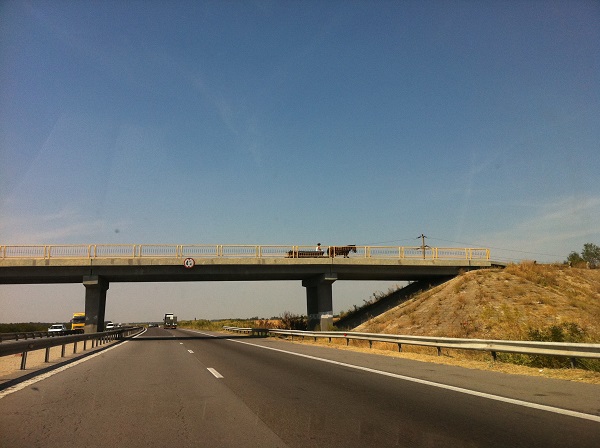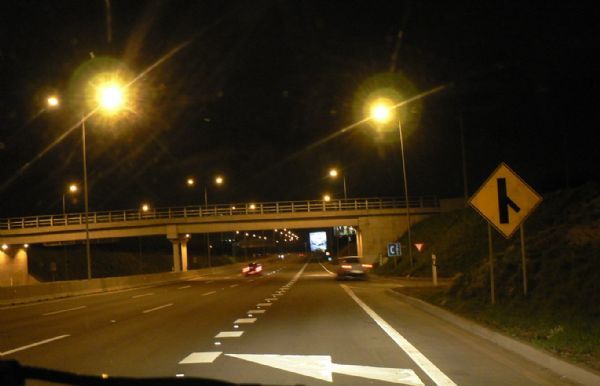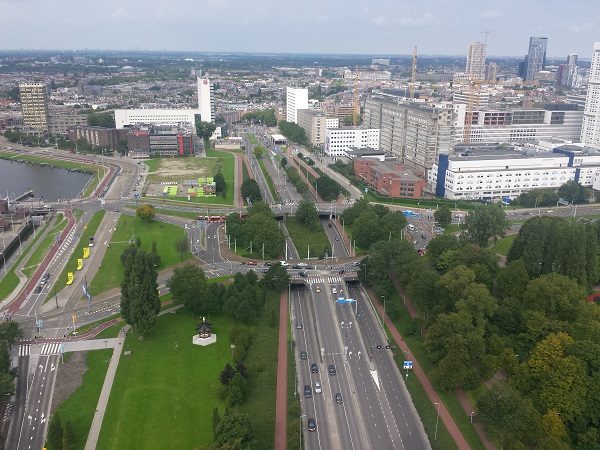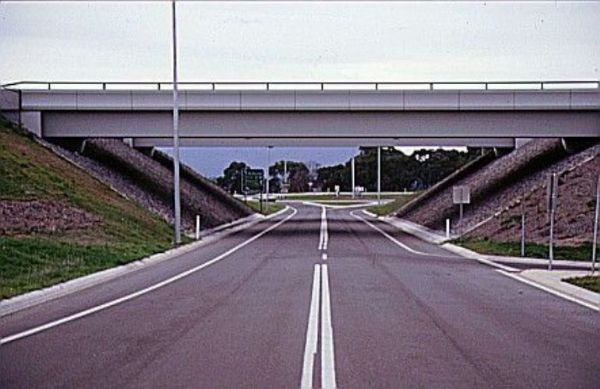





Intersection - Grade Separation
Reduction in intersection crash types. Improved traffic flow. Simplifies potentially complex movements typical at ‘T’ and ‘X’ intersections. Removes the cost of running at-grade traffic control hardware
A range of design options should be considered before an interchange layout is chosen. The design of interchange should take advantage of local topography to minimize earthworks and to facilitate traffic joining or leaving the mainline. Interchanges should be relatively simple with limited decision points which are spaced apart. They should enable all drivers to readily identify the direction with minimal need for lane changing. Unusual merging or diverging areas should be avoided. Directional signing should be correct, clear, visible and commences well in advance of diverging areas. Merging and diverging areas should be extended if traffic is heavy or located on unfavourable alignment, Merging and diverging areas should be designed with adequate visibility and length for acceleration or deceleration. The need to reduce speed on connecting roads within an interchange should be obvious to drivers leaving the mainline. At complex interchanges and interchanges with heavy merging or diverging flows, successive merging and diverging areas should be spaced apart. An interchange should allow bicycle and pedestrian traffic to pass through the area. Adding on-ramps and off-ramps to a freeway can increase high speed weaving and merging crashes. Interchanges can negatively impact the appearance of an area. Interchanges may separate communities due to their size. Grade separating rail crossings can involve vertical realignment of a long length of rail track (because trains cannot travel on steep grades), which is very costly. Certain interchange layouts are susceptible to wrong-way driving which require appropriate mitigatory measures.
Treatment Summary
25-40% |
Case Studies
Related Images

Grade separation in Romania. Image credit: Alina Burlacu 
A grade separated intersection and merge lane with effective street lighting. Image credit: Greg Speier 
Grade separated intersection in the Netherlands. Image credit: Alina Burlacu 
Grade separated intersection. Image credit: ARRB










